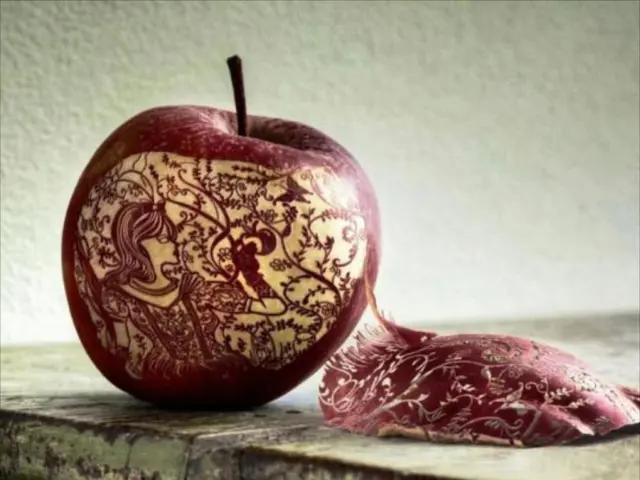Deformities in joints: Classifications, origins, remedies, and additional insights
Joint deformities in the hands and feet can significantly impact an individual's quality of life, causing pain, stiffness, and limited mobility. These deformities can be caused by various conditions with differing causes, treatments, and prevention strategies.
Types of Joint Deformities in the Hands and Feet
Hands
- Rheumatoid arthritis (RA) deformities: RA commonly affects small joints of the hand and wrist, causing joint laxity, tendon rupture, and characteristic deformities such as ulnar deviation (fingers bending toward the ulna) and joint subluxations. It often involves proximal joints (closer to the hand) and leads to swelling, stiffness, and deformity.
- Psoriatic arthritis: Causes swollen "sausage digits" (swelling of fingers/toes), joint pain, stiffness, and nail changes.
- Gout: Sudden severe joint pain and swelling due to urate crystal accumulation, potentially leading to joint surface damage if untreated.
- Juvenile idiopathic arthritis, lupus arthritis, and other inflammatory arthritis types can also cause joint deformities in hands, characterized by inflammation, swelling, and stiffness.
Feet
- Flat feet (pes planus): The arch of the foot is absent, causing the entire sole to touch the ground. It may be painless or cause fatigue and swelling.
- Clubfoot: A congenital deformity present at birth, where one or both feet are turned inward or downward.
- Equinus deformity of the foot: Limited upward ankle movement (dorsiflexion), causing toe-walking, heel pain, or difficulty walking.
- Rheumatoid arthritis in feet: Similar to hands, causes joint inflammation, deformities, and capsule disruption increasing instability and pain.
- Neurogenic arthropathy (Charcot joint): Severe joint degeneration with mild pain, usually from nerve damage (commonly in diabetic patients), resulting in joint disintegration and deformity.
Causes
- Inflammatory autoimmune diseases like rheumatoid arthritis and psoriatic arthritis cause immune-mediated joint inflammation, leading to deformity.
- Congenital conditions like clubfoot cause structural deformities at birth.
- Mechanical causes including lax tendons, muscle imbalances, or trauma contribute to flat feet and equinus deformity.
- Metabolic diseases such as gout are caused by crystal deposition leading to joint inflammation.
- Nerve damage causes neurogenic arthropathy due to loss of protective joint sensation.
Treatments
- Conservative management: Orthotic devices (shoe inserts), physical therapy to strengthen muscles and improve motion, and medications for inflammation or pain.
- Medical therapy: Use of anti-inflammatory drugs, immunosuppressants or biologic agents for autoimmune arthritis; urate-lowering therapy for gout.
- Surgical options: In severe cases—corrective surgeries such as tendon releases (e.g., for clubfoot), joint replacement, or fusion for arthritis deformities.
- Immoblization and weight-bearing restrictions can help in neurogenic arthropathy to prevent further joint damage.
Prevention Tips
- Early diagnosis and treatment of inflammatory joint diseases to prevent progression and deformity.
- Appropriate footwear and orthotics to support foot structure and relieve pressure in conditions like flat feet.
- Maintaining a healthy weight to reduce joint stress.
- Regular physical activity and exercises to maintain joint mobility and muscle strength while avoiding excessive strain.
- Managing underlying health conditions such as diabetes to prevent nerve damage and Charcot joint development.
- Timely treatment of infections to prevent reactive arthritis.
In summary, joint deformities in the hands and feet arise mainly from autoimmune arthritis, congenital malformations, metabolic disorders, trauma, or nerve damage. Treatments range from conservative therapies to surgery depending on severity. Prevention centers on early intervention, lifestyle measures, and management of underlying causes.
Occupational therapy can help retain flexibility and movement in joints affected by deformity, teach adaptations to avoid certain activities, and supply splints or braces. Preventing joint disorders involves controlling blood sugar, exercising frequently, stretching daily, avoiding injuries and fractures, stopping smoking, and seeking advice from a healthcare professional if at risk. Frequent visits to an occupational therapist can help manage condition, with splints and braces slowing progression and helping manage pain. Joint deformity is most common in the hands and feet.
- Rheumatoid arthritis (RA) in the hands can result in joint laxity, tendon rupture, and characteristic deformities such as ulnar deviation, often leading to swelling, stiffness, and deformity.
- Neurogenic arthropathy, particularly common in diabetic patients, causes joint disintegration and deformity due to nerve damage, mild pain, and loss of protective joint sensation.
- Preventing joint disorders involves managing underlying health conditions like diabetes, exercising frequently, stretching daily, avoiding injuries and fractures, stopping smoking, and seeking advice from a healthcare professional if at risk.
- Occupational therapy can aid in retaining flexibility and movement in joints affected by deformity, teaching adaptations to avoid certain activities, and supplying splints or braces to slow progression and manage pain.






